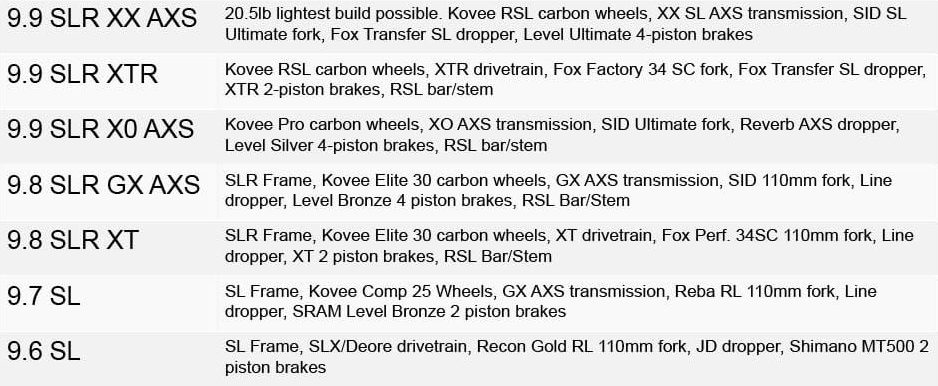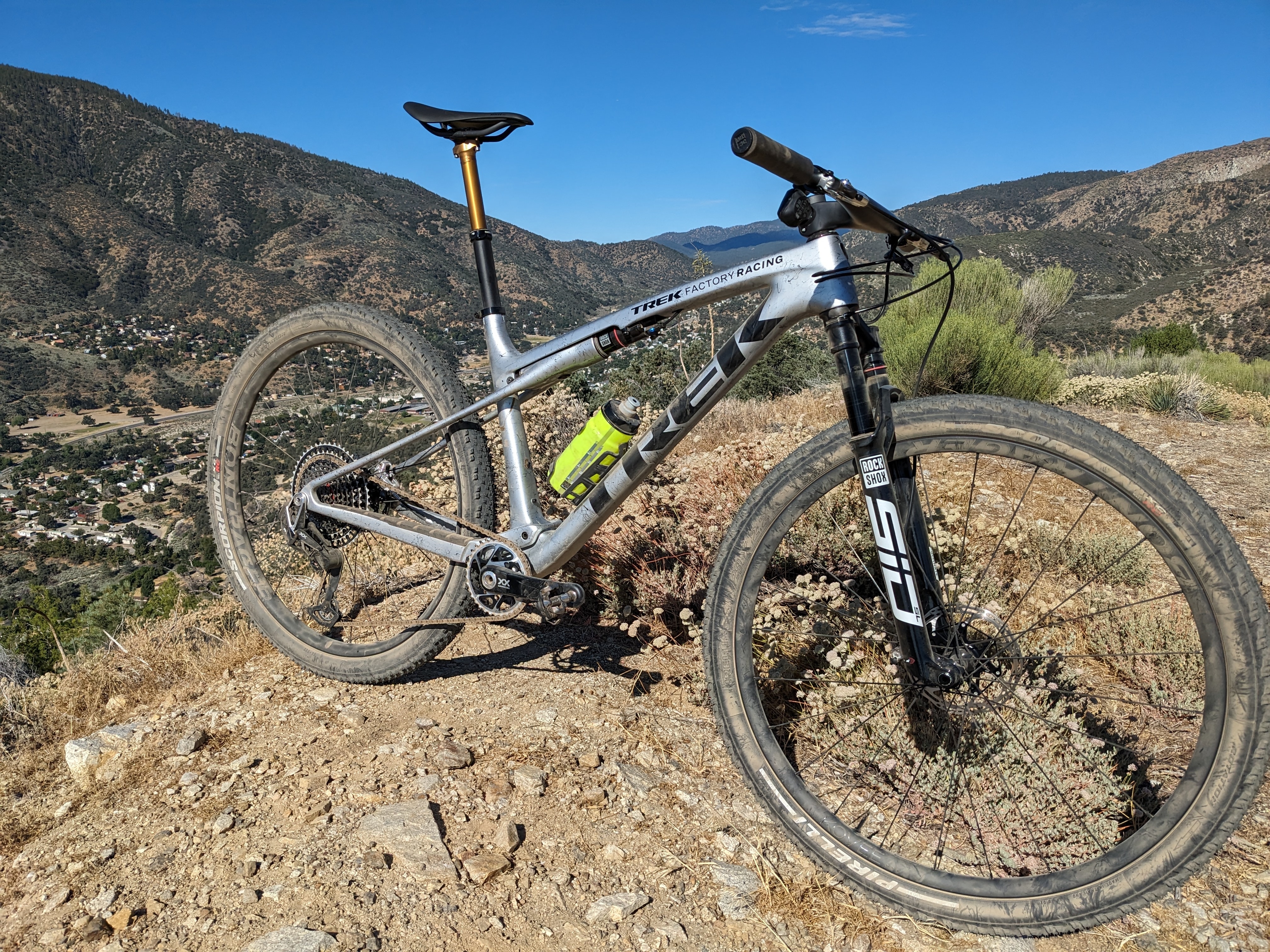TREK SUPERCALIBER GEN 2 FIRST RIDE REVIEW – THE FASTEST XC RACE BIKE WE’VE EVER RIDDEN?
Trek's new cross country race bike has the speed racers dream of.
TREK SUPERCALIBER GEN 2 FIRST RIDE REVIEW
When Trek released the Supercaliber in 2019 with its integrated IsoStrut shock the wrecking crew was impressed by its light weight and strong acceleration calling it a full-speed-ahead cross-country race bike. It is truly a racers mountain bike and this was proven multiple times at the highest levels. Not one to rest on its laurels, Trek has introduced a second generation of the Supercaliber with a completely new frame with more travel and evolved features to take on the highest levels of racing.

Although it may look similar, this second-generation Supercaliber frame is entirely new. Geometry is revised with a 10mm longer reach, 1.5-degree slacker head angle, half a degree steeper seat tube angle, and 7mm taller bottom bracket height in the size large. The chainstay length also grows by 5mm. All of these updates combine for a 17mm longer wheelbase.

There are also now two versions of the frame: SLR and SL. The SLR is the lightest coming in at a claimed 200-250 grams lighter than the current 2,030-gram version while the SL is about the same weight. Both frames share the same new lightweight swingarm with an all-new floating brake mount that Trek says isolates braking forces from flexing rear stays for improved braking performance
The lighter SLR frame does not feature internal cable tunnels to save weight and is found on Supercaliber 9.8 SLR and 9.9 SLR models that come speced with a wireless drivetrain spec, carbon 1-piece bar/stem and carbon wheels. Supercaliber 9.6SL and 9.7 SL models feature frames with internal tunnels for easier cable routing along with alloy wheels and cockpit components. Two water bottles can fit on the frame – one on the seat tube and one on the downtube. We noticed that the new version has a standard headset and not the Nock Block style of the previous version too – we assume to save weight.

Trek’s IsoStrut suspension design is improved on the new Supercaliber increasing in travel and receiving an all-new RockShox SidLuxe IsoStrut. Rear wheel travel gets a bump from 60mm to 80mm while the front jumps 10mm from 100mm to 110mm. It is also compatible with 100mm and 120mm forks. The strut’s stroke increases by 7.5mm to 40mm to gain the travel – a move that Trek says does not sacrifice fitment or weight.

A higher linear leverage rate is also new and ideal for XC performance according to Trek. Sag can be set at the standard 25% for a good all-around feel, as low as 15% for more pedaling efficiency, or as high as 30% for added compliance. Anti-squat is also increased on the new model for better resistance to suspension compression while pedaling. The new IsoStrut is also easier to service requiring no special tools or clocking like the old one.

RIDE IMPRESSIONS
Trek will offer seven models of the Supercaliber starting at $4,200 and topping out at $11,700 for their highest-end build and our test model – the 9.9 SLR XX AXS. The size large hit our scales at 21.8 pounds. We passed the bike around to a few test riders each getting a couple of days on the new bike. After their first ride, one was already calling it the fastest bike he had ridden – that’s saying something given the recent crop of test bikes that have passed through our offices lately.

It’s extremely quick on acceleration both in and out of the saddle and with the suspension open. Some even joked that it felt somewhat similar to a lightweight eMTB. They are joking but the sensation isn’t far off. Seated pedaling is also incredibly efficient. The suspension is quiet but moves just enough over bumps and roots to keep you planted in the saddle and driving forward. The frame is solid under power without feeling overbuilt or too rigid too. It has a lively energy to it.

Descending is equally as impressive as the climbing performance. With the longer wheelbase, slacker head angle and increase in travel, we were able to get pretty aggressive on the Supercaliber. It’s still an XC race bike and reminds you of this when it runs out of travel but you can get away with a lot up until that point. This is no wannabe trail bike in XC clothing – it’s a full-on racer and a very capable one at that.

Cornering on flat turns takes a touch more careful front wheel weighting compared to steeper, shorter bikes but we adapted quickly. Our test bike came with 2.25” tires because the max tire size for the SID SL fork is 2.35”. We will be trying some higher volume tires soon that should greatly help with grip on our bone-dry So Cal terrain. Initally we set the suspension up the bike with 25% sag but also plan on trying the range as we test. With only a few rides under our belts, everybody who has ridden the new Supercaliber has come away seriously impressed and wants more time on it. Stay tuned to the pages of Mountain Bike Action for a full long-term review.



